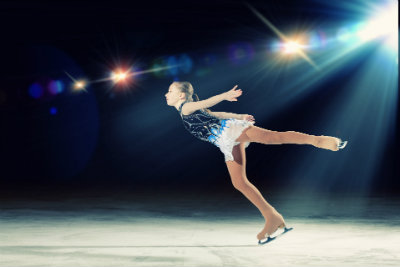In Warren Lamb’s schema, the individual can use effort and/or shape to give Attention, form an Intention, and make a Commitment. By observing a person’s movement patterns, it is possible to discern whether the individual tends to be Assertive, that is, to apply effort to get results, or whether the person is more concerned to gain Perspective by using shaping.
 For example, individuals high in Assertion tend to feel that “nothing happens unless I make it happen.” Their embodied actions incorporate focusing to probe for information, applying pressure to support determination, and pacing time to implement a decision at the opportune moment. In contrast, individuals high in Perspective get results by positioning themselves. They open themselves to explore a broad range of information and ideas, arrange what they have found hierarchically in terms of its value, and steer implementation strategically to avoid problems and achieve desired results.
For example, individuals high in Assertion tend to feel that “nothing happens unless I make it happen.” Their embodied actions incorporate focusing to probe for information, applying pressure to support determination, and pacing time to implement a decision at the opportune moment. In contrast, individuals high in Perspective get results by positioning themselves. They open themselves to explore a broad range of information and ideas, arrange what they have found hierarchically in terms of its value, and steer implementation strategically to avoid problems and achieve desired results.
In a pilot study conducted by Brenda Connors, Richard Rende, and Tim Colton, twelve military officers were assessed to see if patterns of body movement could provide predictive insight into individual differences in decision making. The movement assessments identified individuals high in Assertion (effort) in contrast to individuals high in Perspective (shape). The subjects were presented with four decision-making scenarios in a laboratory setting. Their responses were measured along two dimensions – number of information draws and total response time. Individuals high in Assertion reached for less information and had faster response time than those high in Perspective.
As the embodied cognition theorists posit, this small study demonstrates that there is a relationship between body movement and cognitive processes. You can explore this relationship further at the Embodied Decision Making seminar. Learn more…




